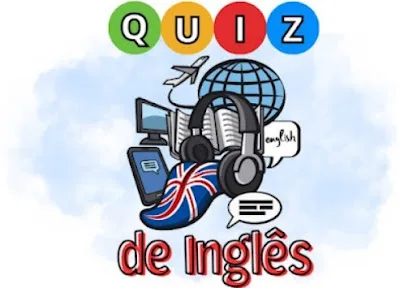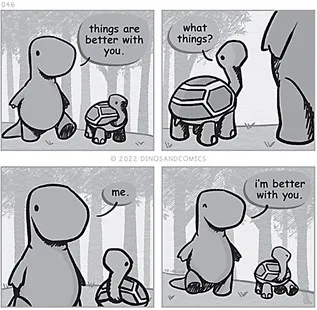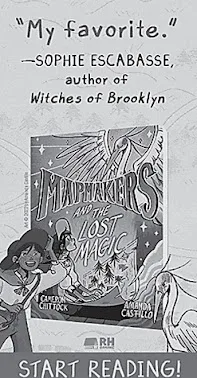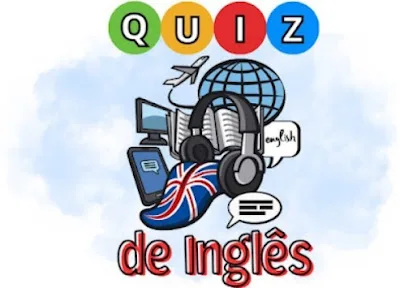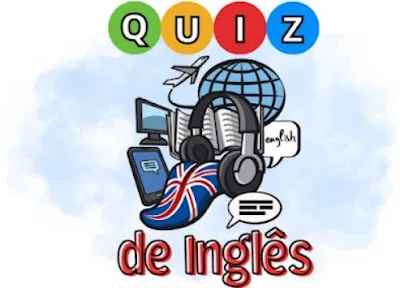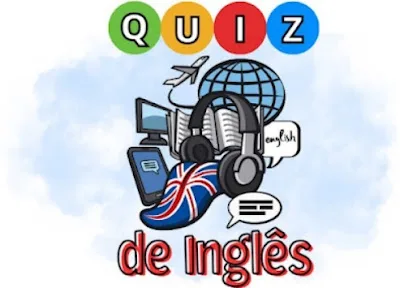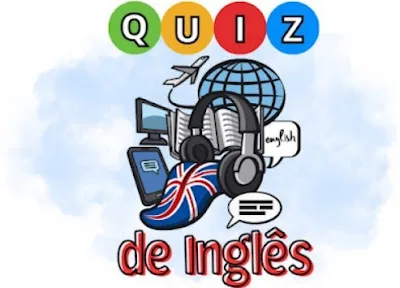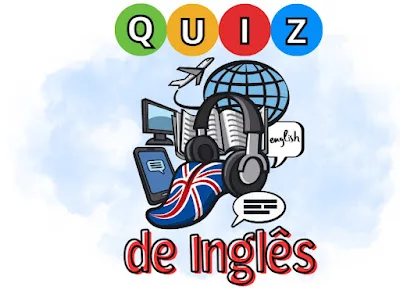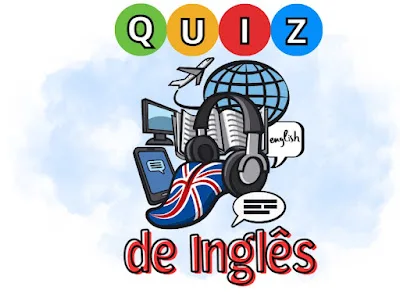Prova online (17) de Inglês de Interpretação de Texto para os anos finais.
É necessário resolver todas as questões para gerar o resultado. Boa sorte!
Exibir respostas somente após resolver todas as questões:
Leia o texto e responda às questões 1 e 2.
Digital citizenship
1 Stay safe
2 Show respect
3 Be kind
4 Be careful
—
(CAEd) A informação principal desse texto está no trecho:
—
(CAEd) Nesse texto, no trecho “Before you post a comment online,”, a palavra destacada indica
Leia o texto e responda às questões 3 – 5.
A bear named Sue
I have a bear
She can do anything that I can do
I can do anything that she can do.
In the morning I stretch and Sue does her best
I put on trousers and a shirt and Sue wears a skirt
On with my socks and on with my shoes
And on goes the same for dear old Sue
And we’re ready for breakfast in the twinkling of an eye
So we go downstairs my Sue and I.
I’m hungry. Can we go downstairs and have some breakfast?
A cup for Sue, a cup for me
Sue likes apple juice but I like tea
Hot buttered toast. Who can eat the most?
Cover it in jam then wash our sticky hands
Down with our breakfast and on with our coats
And now for the part that we like the most
And we’re ready for play in the twinkling of an eye
So we go outside my Sue and I.
So we wave goodbye my Sue and I
Goodbye, goodbye, goodbye
—
(CAEd) De acordo com esse texto, antes do café da manhã, Sue veste
—
(CAEd) Nesse texto, no verso “Cover it in jam…”, a palavra em destaque tem o mesmo sentido de
—
(CAEd) Nesse texto, no verso “I can do anything that she can do.”, a palavra destacada foi utilizada para
Leia o texto e responda às questões 6 – 8.
Magpies Outsmart Researchers
—
(CAEd) Qual é o assunto desse texto?
—
(CAEd) A linguagem desse texto é, predominantemente,
—
(CAEd) Nesse texto, no trecho “Magpies are about 36 to 44 centimetres long and weigh about 300 grams…”, a palavra destacada indica
Leia o texto abaixo.
—
(CAEd) O objetivo desse texto é
Sua nota:
Você acertou de questões
Nível de aprendizagem:

